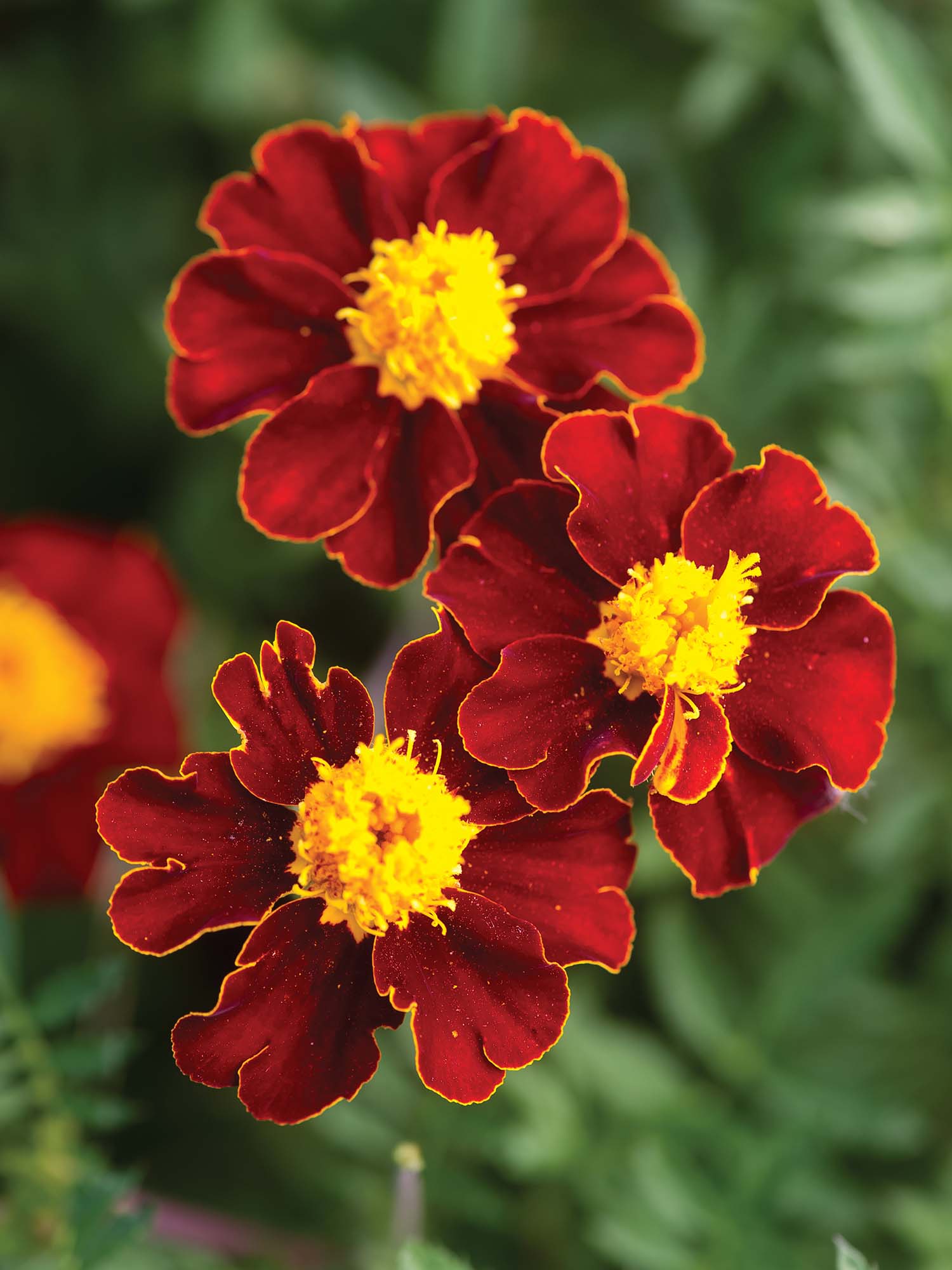6 companion planting mistakes to avoid – plus the veg crops you shouldn't pair together
Your homegrown crops can be harmed if they are next to unsuitable companion plants


Companion planting is a fantastic way to use the power of nature to keep your garden thriving and healthy. It is a great tool to repel pests and diseases, attract beneficial insects, and encourage plants to grow strongly.
While many companion plants make great neighbours, some plants will not be so happy in each other's company. Make the mistake of putting the wrong plants next to each other and it can lead to stunted or impaired growth, and increased susceptibility to pests and diseases.
If you are planning a vegetable garden, you will want to harness the potential of companion planting to get great harvests rather than create unnecessary problems by putting the wrong partners together.
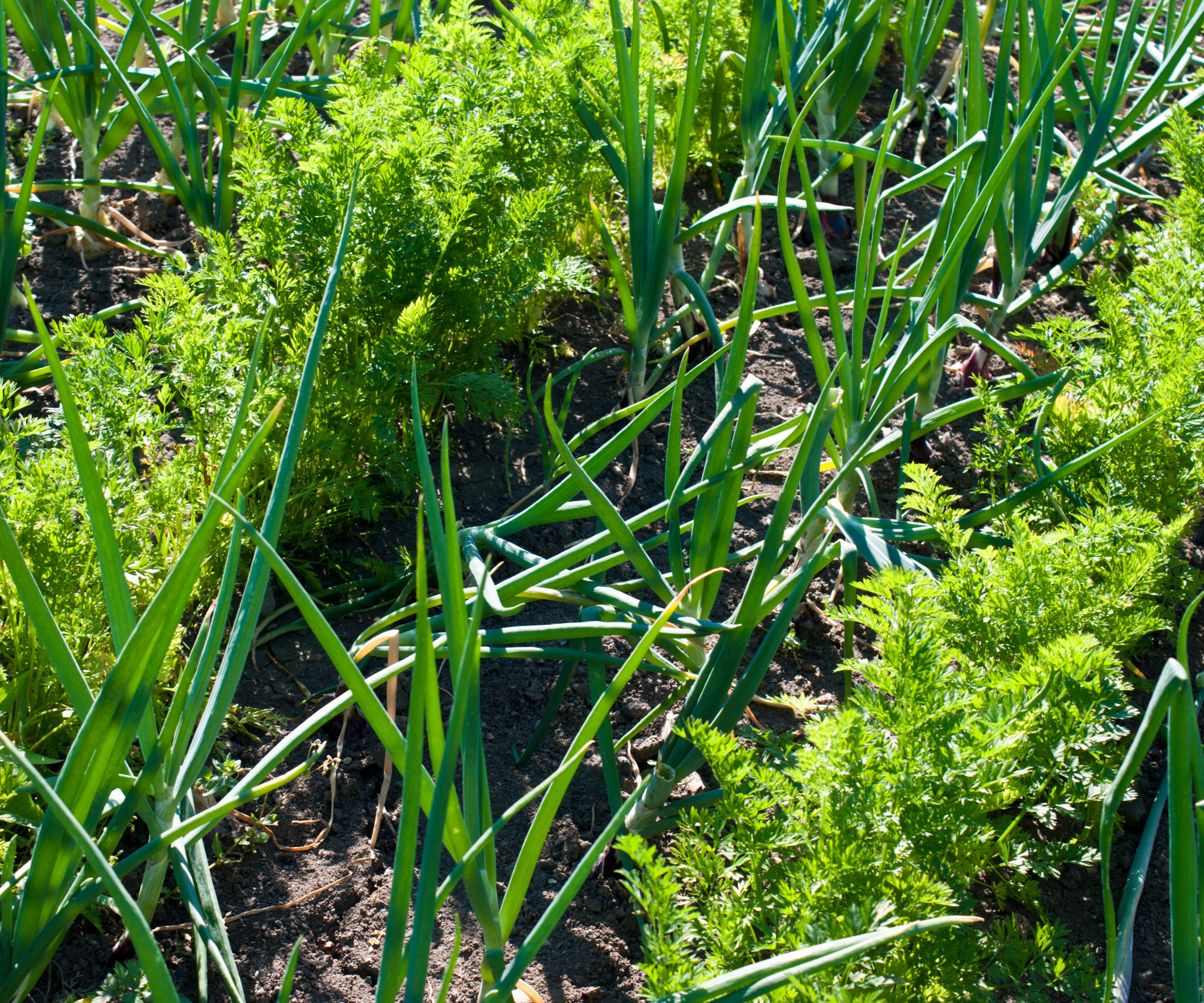
What makes bad companion plants?
Bad companion plants can come in many different forms. It can be due to their growth habit, water or nutrient requirements, or vulnerability to certain pests that can make them tricky neighbors.
To help you avoid making any companion planting mistakes, here are four common issues that arise and which plants to avoid pairing together.
1. Tall plants shade shorter ones
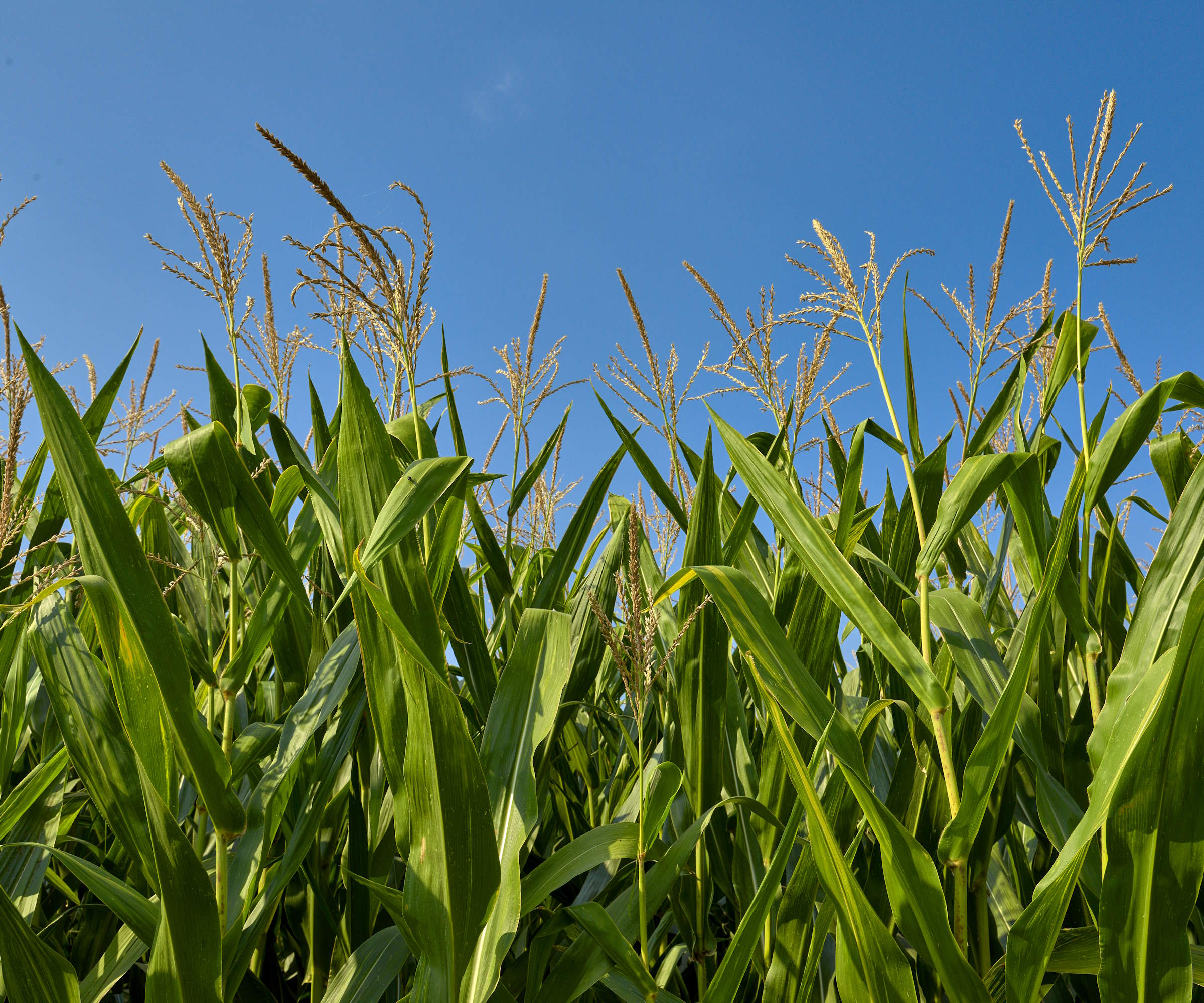
Plants need lots of sunshine for photosynthesis, and some need more light and heat than others to reach full size. The risk of growing tall crops is that they can shade out smaller plants and cause issues for them. Growing crops on a vegetable garden trellis can cause a shady spot at their base and, while it can be useful for vegetables that like to grow in shade or partial shade, it becomes an issue for smaller heat-loving crops.
Lindsey Chastain, homesteader and founder of The Waddle and Cluck, highlights how ‘corn and squash tend to overwhelm lower-growing plants like radish or lettuce’.
Design expertise in your inbox – from inspiring decorating ideas and beautiful celebrity homes to practical gardening advice and shopping round-ups.
When planning a vegetable garden, consider the aspect, make sure taller plants don’t block the sun from shorter ones, and pick suitable vegetables for those shadier spots that will occur. The shade can be useful to prevent crops from bolting in the hottest summer temperatures.

Lindsey Chastain is the founder of The Waddle and Cluck, a website about all things homesteading from livestock to gardening to recipes.
2. Heavy feeders hog water and nutrients
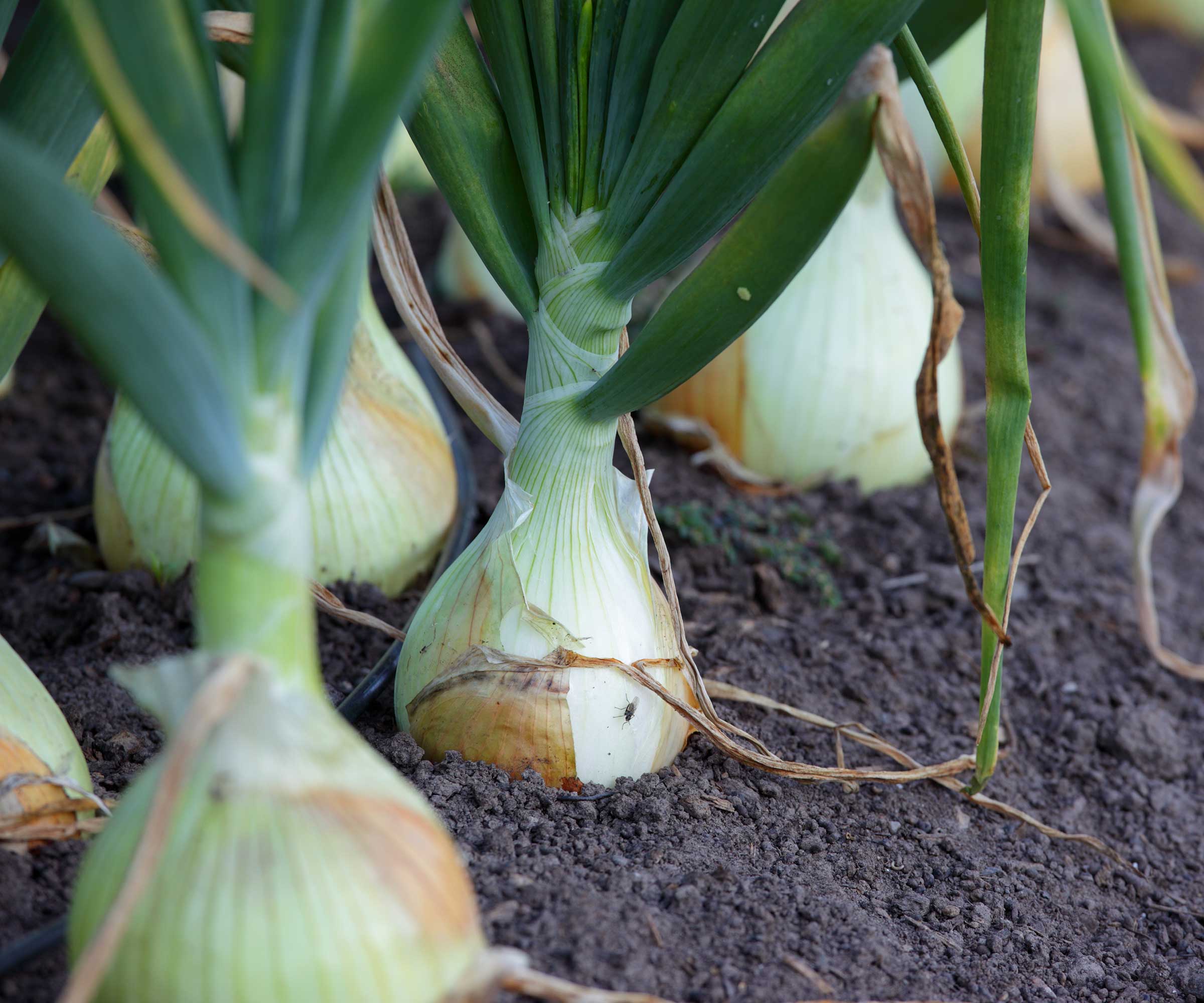
Crops that are heavy feeders demand a lot of nutrients and water and can be aggressive in their search for them. That can mean other vegetables go without as they are robbed of the nutrients they need - and suffer as a result.
‘Heavy-feeding plants deplete nutrients quickly, starving nearby plants that need less food,’ says Lindsey Chastain. ‘A good example is combining corn with beans - the corn uses up all the nitrogen so the beans will struggle.’
Avoid pairing heavy feeders next to each other in the vegetable garden. Onions are also heavy users of nitrogen that can horde nutrients away from other crops, in particular onions are not good companion plants for beans.
The speed at which heavy feeders grow can leave the ground depleted. For example, if you plant potatoes and zucchini, or squash, together the potatoes can use the nutrients in the soil early and quickly - leaving little for the zucchini or squash.
3. Some plants inhibit others
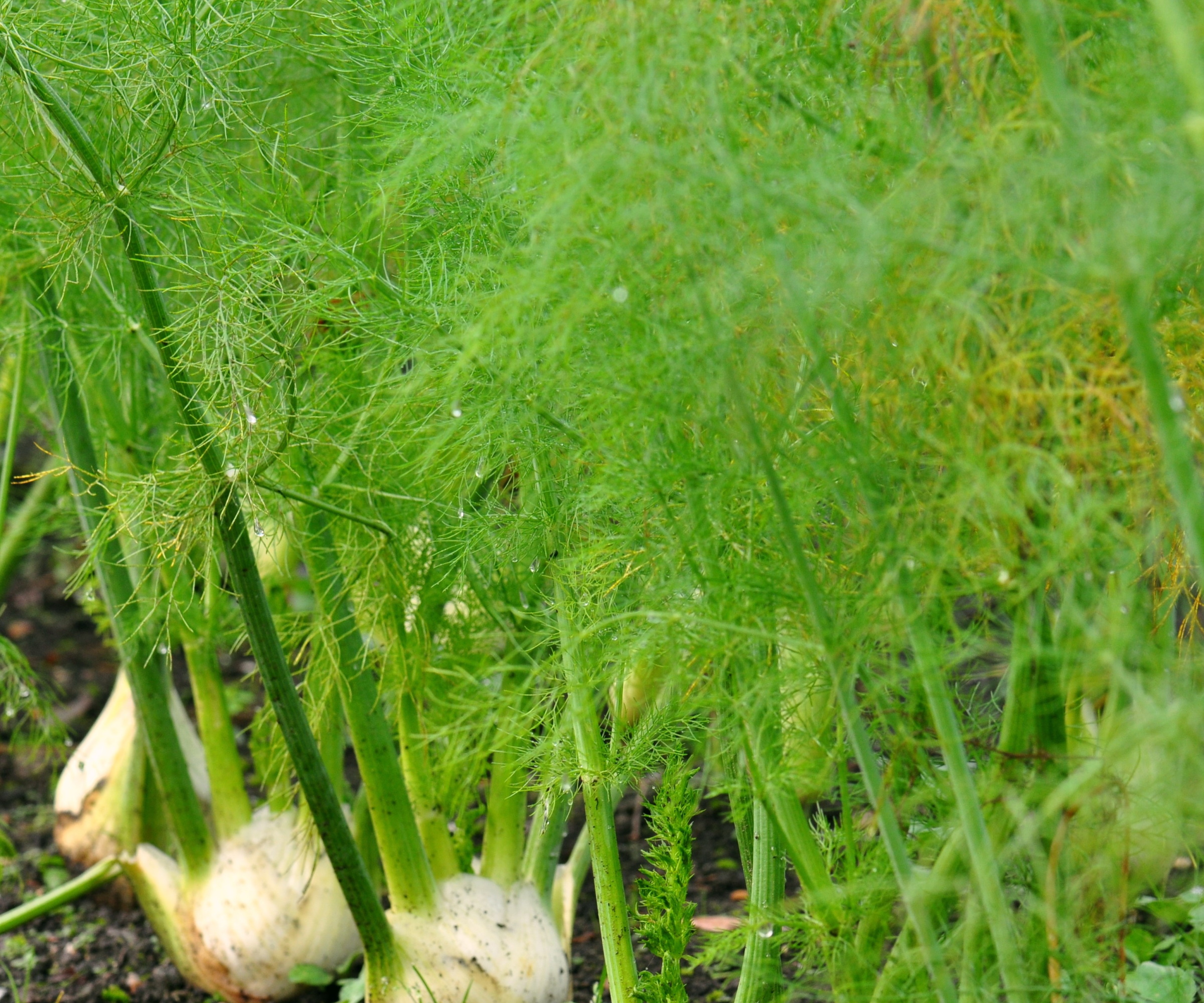
Some plants are allelopathic, which means they inhibit the growth of others. These plants release chemicals through their roots that can stunt plants around them.
Miri Talabac, a professional horticulturist at the University of Maryland, admits such plants ‘can be harder to mix into other plantings’ and highlights sunflowers and goldenrod as two plants that can hinder the growth of their competition.
Many of the most troublesome allelopathic plants are not commonly found in vegetable gardens, such as laurel, rhododendron, elderberry, and sumac, however, some vegetables and herbs are bad neighbors. For example, fennel is one of the trickiest as it has mild allelopathic properties and suppresses the growth of nearby plants.
Brassica plants, including cabbage, kale, and broccoli, are also known to inhibit the growth of plants in the nightshade family, including, tomatoes and peppers.

Miri Talabac is a Certified Professional Horticulturist who has worked as a horticulture consultant for the University of Maryland Extension Home and Garden Information Center since 2019. She has 22 years of experience working at a retail garden center prior to joining Extension. She is a graduate of the University of Maryland with a focus in entomology.
4. Large plants swamp smaller ones
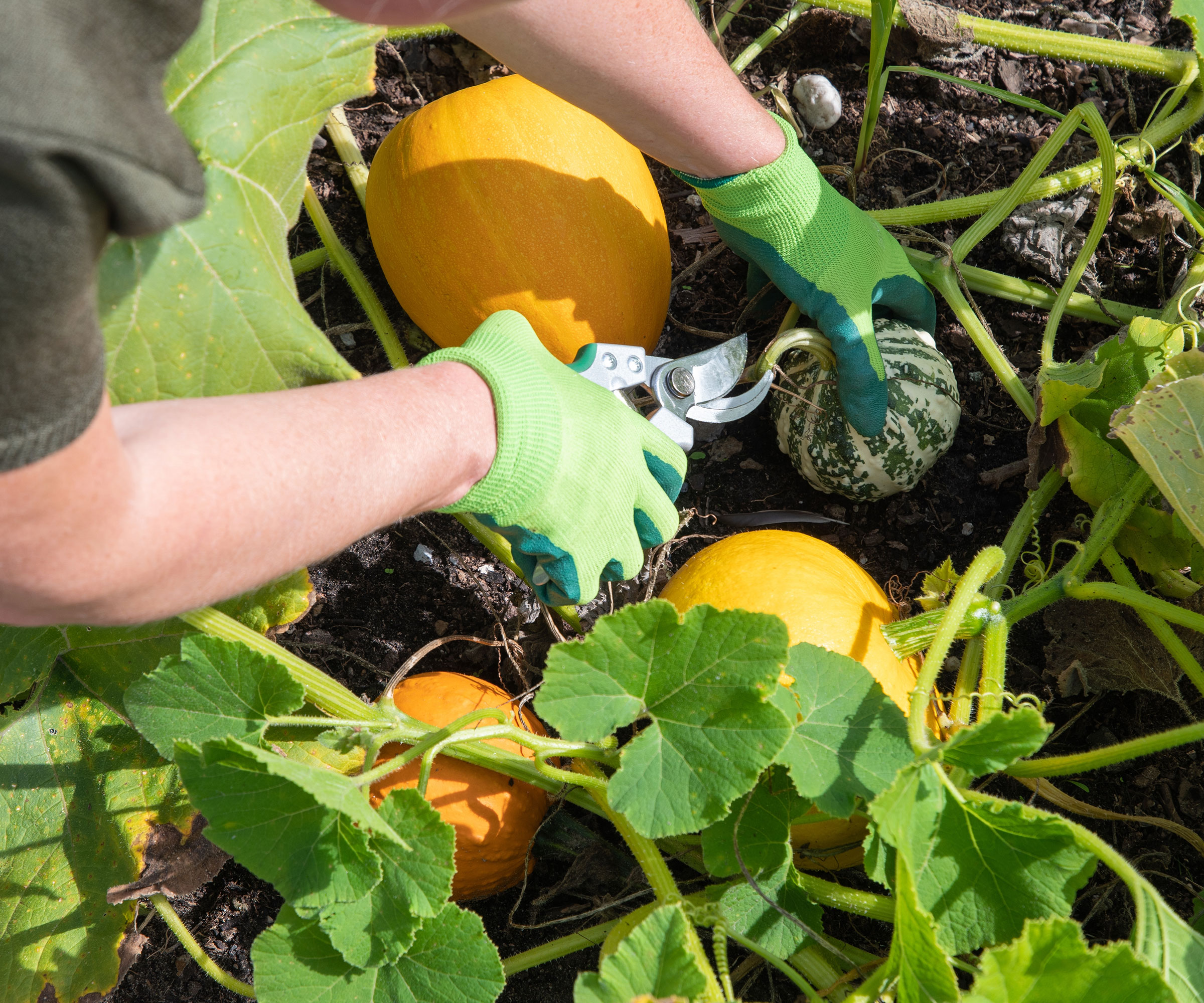
Avoid planting spreading crops next to smaller vegetables that could get swamped by the sprawling foliage.
The likes of pumpkins and both summer and winter squash can grow very large and their vines can spread many feet. They are capable of growing through and over other crops beside them. The large foliage could then shade out smaller crops and cause their growth to be stunted.
Miri Talabac adds that dense and congested plants reduce air circulation through the foliage ‘potentially making the plant more vulnerable to pest or disease issues’ as well as increasing the risk of slower growth if plants struggle to get the sun they need.
5. Plants attract the same pests and diseases
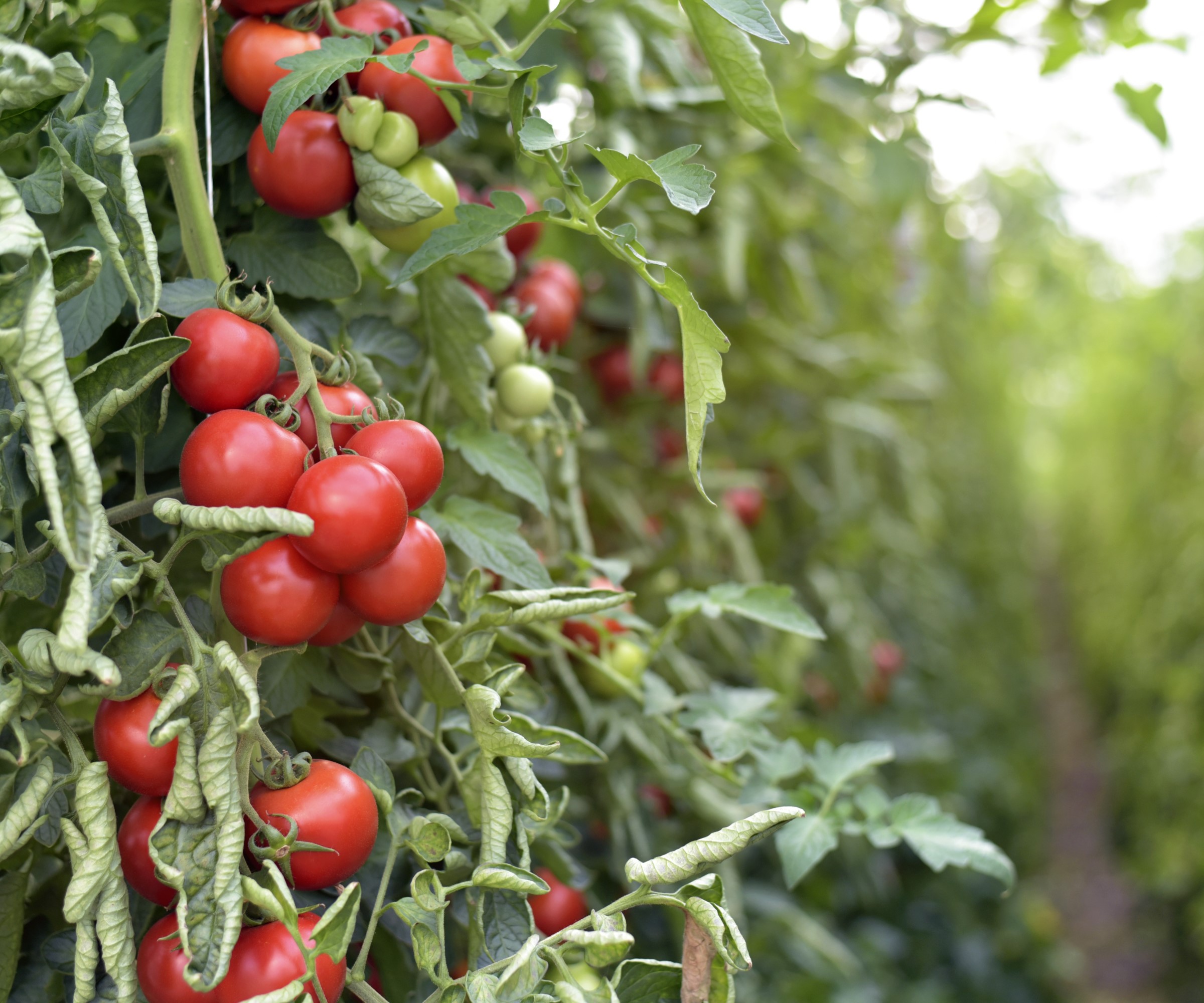
Planting crops that are susceptible to the same pests and diseases alongside each other can increase the risk of them succumbing to problems.
For example, planting tomatoes and potatoes as companion plants is risky as both are susceptible to blight and many of the same pests, including tomato hornworms and Colorado potato beetles. Planting such vulnerable plants together simply increases the likelihood of problems and makes life easier for pests who want to feed on the crops.
Cabbage loppers are common pests of brassicas but will also be a problem if you companion plant strawberries with your cabbages or Brussels sprouts. Corn earworm, also called tomato fruit worm, can be a problem for corn, tomatoes, eggplant, peppers, and beans, so these crops are best dispersed around the garden.
Planting flowers around the vegetable garden can deter pests from your crops. Marigolds are one fantastic plant for the vegetable garden, as marigolds keep many bugs away, including cabbage moths, tomato hornworms, squash bugs, and Mexican bean beetles.
The likes of nasturtium, calendula, and chrysanthemum are also fantastic flowers for natural pest control.
Shop flowers for companion planting
6. Plants cross-pollinate
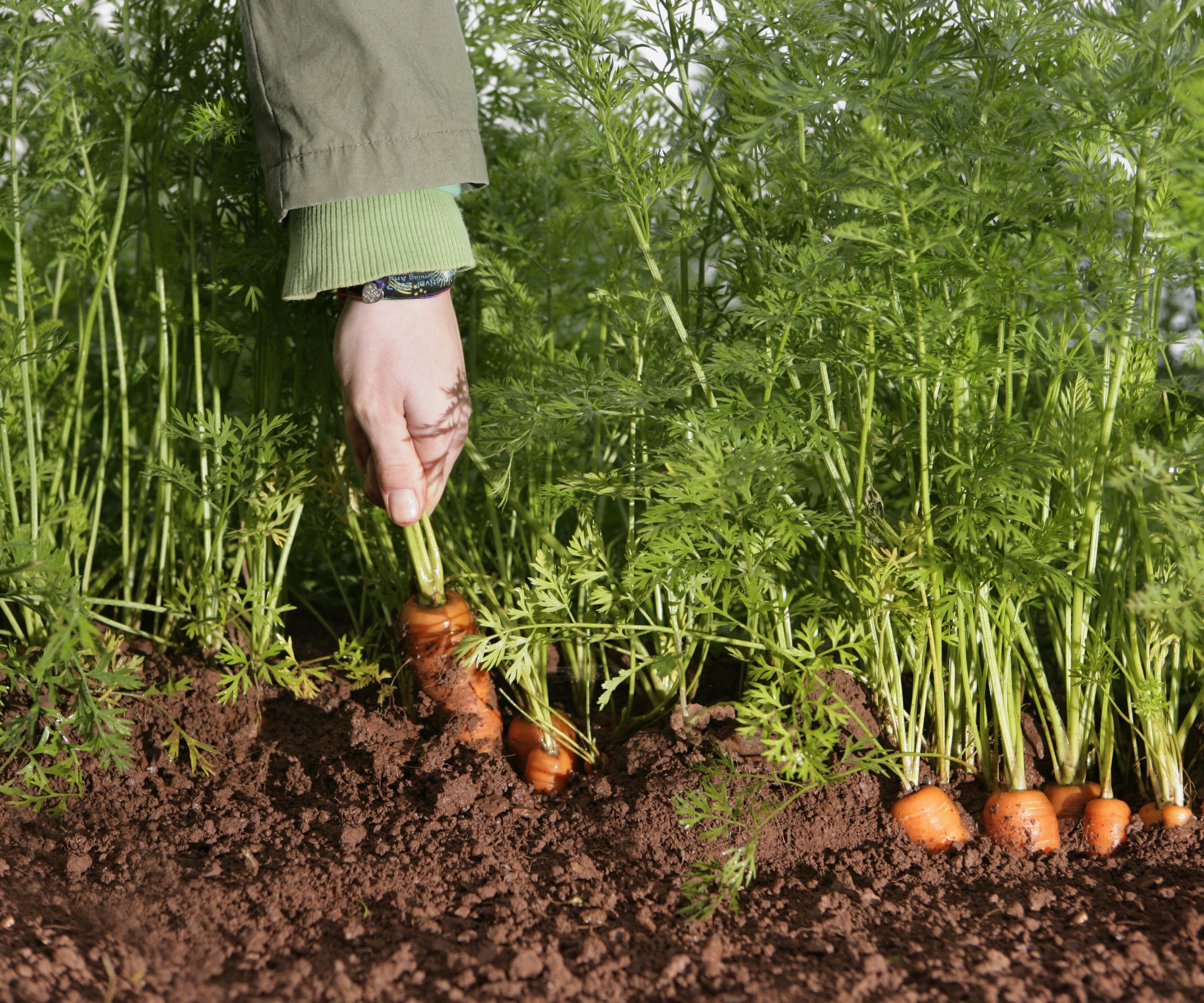
Some plants can cross-pollinate with each other, combining the genetics of both plants to create a new plant. Dill and carrots can easily cross-pollinate and different types of pumpkins and summer squash can also hybridize.
This issue predominantly causes a problem if you want to collect seeds from your vegetable garden and sow these free seeds next year. Cross-pollination shouldn’t affect the harvest you get that season, but the resulting seeds that come from the cross-pollinated plants can be markedly different from what you expect.
Corn, however, is one crop that can be affected in the same year. The color and texture of the ears can change if you are growing different varieties nearby and cross-pollination occurs in the wind. It is best to grow different types of corn spaced wide apart, especially if some are grown for cobs and others for popcorn.
FAQs
What not to plant next to onions?
When growing onions there are a lot of crops that are beneficial companion plants. However, do not plant beans, peas, asparagus, or cabbages next to the crop.
What not to plant next to carrots?
When it comes to carrot companion planting, the crop can benefit from being planted with alliums or aromatic herbs to repel carrot root flies. Some crops should not be planted with carrots including dill, celery, potatoes, and other root crops, including parsnips.
What should you not plant next to tomatoes?
Many vegetables, herbs, and flowers are ideal for tomato companion planting, but there are some you should never grow with tomatoes. Do not plant brassicas, potatoes, corn, fennel, or eggplant with your tomatoes.
If you want to use natural pest control and garden as organically as possible, then companion planting should be a key technique to implement. Encouraging as much nature as possible into your garden by creating a wildlife garden will also help bring in natural predators to assist with pest control.

Drew has worked as a writer since 2008 and was also a professional gardener for many years. As a trained horticulturist, he worked in prestigious historic gardens, including Hanbury Hall and the world-famous Hidcote Manor Garden. He also spent time as a specialist kitchen gardener at Soho Farmhouse and Netherby Hall, where he grew vegetables, fruit, herbs, and cut flowers for restaurants. Drew has written for numerous print and online publications and is an allotment holder and garden blogger. He is shortlisted for the Digital Gardening Writer of the Year at the 2025 Garden Media Guild Awards.

